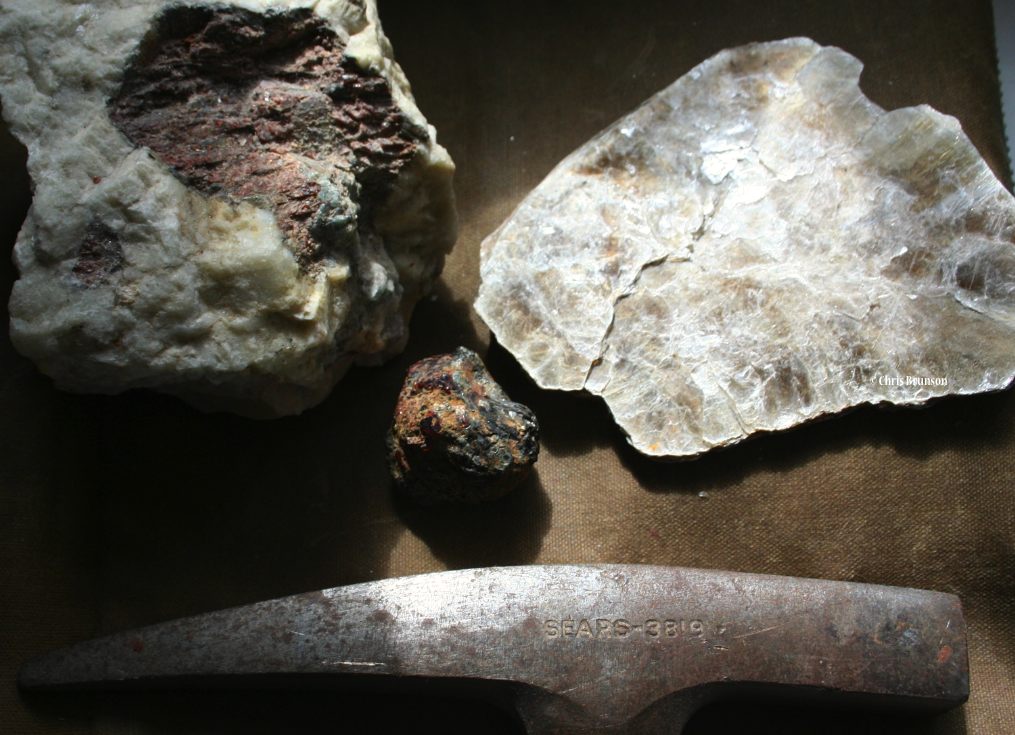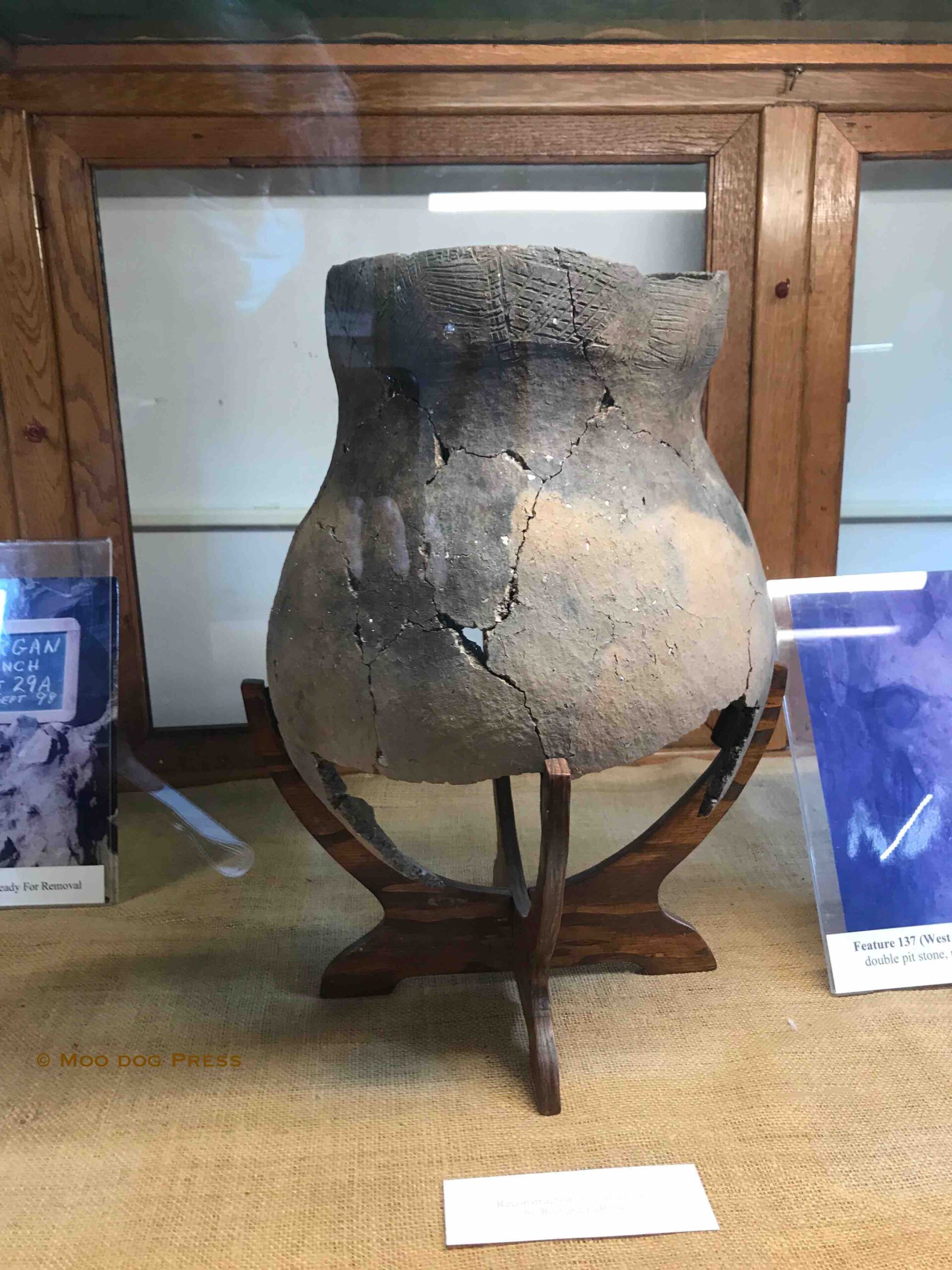Winter Virtual Trip: Strickland Quarry, Minerals; Grow, Time Flow
Editor's note: This story has been updated and moved here (2025).
From Let's Dig A Little Deeper (quality narrated walks and explorations) via YouTube:
Another one, David Attenborough meets a dodo bird, worth viewing:
“Sometimes it's good to be an outsider, especially as a journalist.“ Gay Talese


